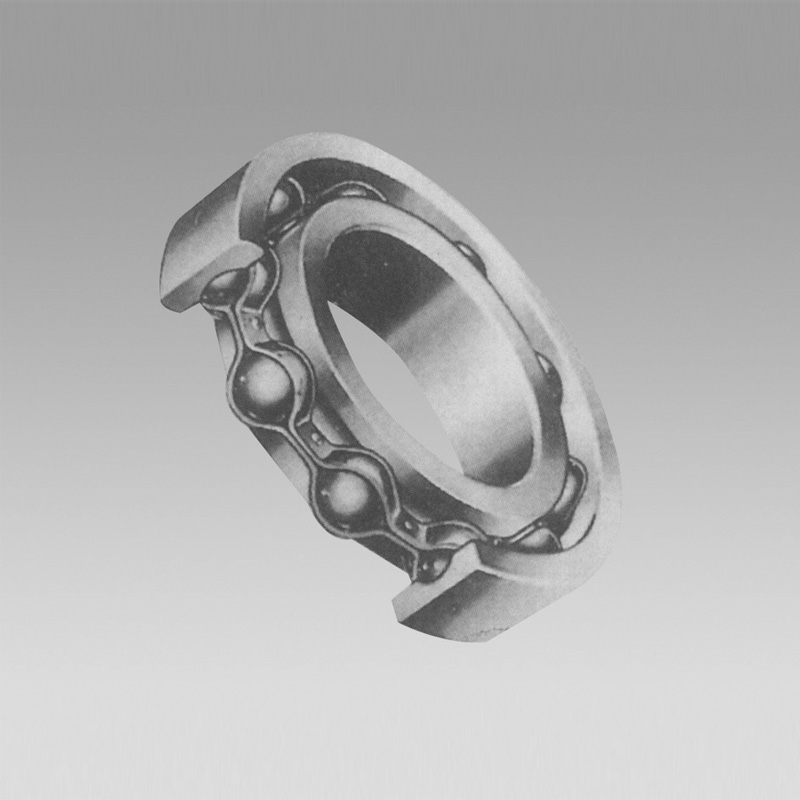
Nov . 08, 2024 21:58 Back to list
types of cylindrical roller bearing
Types of Cylindrical Roller Bearings
Cylindrical roller bearings are a type of rolling element bearing that features cylindrical rollers. These bearings are primarily used in applications that require high radial load capacity and where space constraints are a concern. Their design allows for minimizing friction and wear, thus enhancing the overall efficiency and lifespan of machines. In this article, we will explore the different types of cylindrical roller bearings, focusing on their construction, characteristics, and applications.
1. Single Row Cylindrical Roller Bearings
The single row cylindrical roller bearing is the most basic type of cylindrical roller bearing. This design consists of a single row of cylindrical rollers arranged parallel to each other and housed between the inner and outer rings. These bearings are prized for their ability to accommodate heavy radial loads while maintaining low friction. Due to their simplicity, they are widely used in various applications, including automotive transmissions and electric motors. However, they are not suitable for applications requiring axial load support because they can only handle radial loads.
2. Double Row Cylindrical Roller Bearings
As the name suggests, double row cylindrical roller bearings feature two rows of rollers. This configuration increases their load-carrying capacity, making them ideal for heavy-duty applications. Double row bearings can withstand considerable radial forces and are commonly found in gearboxes, mining machinery, and construction equipment. They can also handle limited axial loads in both directions, adding versatility to their use.
3. Full Complement Cylindrical Roller Bearings
types of cylindrical roller bearing

Full complement cylindrical roller bearings consist of two raceways and a maximum number of rollers that can be accommodated between them. This design eliminates the cage, thereby increasing the bearing's load capacity. Full complement bearings are typically used in applications where high loads and low speeds are prevalent. However, they may generate more friction than caged designs, making them unsuitable for high-speed applications. Industries such as agriculture and heavy machinery frequently employ these bearings for their ability to handle tough conditions.
4. N-Type and NU-Type Cylindrical Roller Bearings
N-type and NU-type cylindrical roller bearings offer different configurations and abilities for axial displacement. N-type bearings have a shoulder on one side of the outer ring, allowing for limited axial displacement in one direction. This is particularly useful in applications where shaft expansion can occur. In contrast, NU-type bearings have no shoulders, providing the capability for axial movement in both directions. This versatility makes them suitable for various applications ranging from electric motors to power transmission systems.
5. NJ-Type Cylindrical Roller Bearings
NJ-type bearings incorporate a design that includes a single inner ring with two integral flanges and a single outer ring with one integral flange. This setup allows for axial displacement in one direction while simultaneously accommodating radial loads. NJ-type bearings are often used in applications where alignment of components is critical and are commonly found in applications such as mechanical drives and automotive components.
Conclusion
Cylindrical roller bearings are essential components in many industrial and mechanical applications. Their design variations cater to a wide range of loading conditions and operational requirements. Understanding the differences between single row, double row, full complement, and various types such as N, NU, and NJ can aid in selecting the right bearing for specific applications. By selecting the appropriate cylindrical roller bearing, engineers can ensure optimal performance, reliability, and longevity of their machinery, leading to more efficient operations in various industries. As technology evolves, continued innovations in bearing design will likely enhance their capabilities and applications in the future.
Latest news
-
Premium Deep Groove Ball Bearings | High Speed & Reliability
NewsAug.29,2025
-
Durable Scaffolding Clamps - Secure & Reliable Tube Connectors
NewsAug.28,2025
-
Common Failures in Thrust Ball Bearings and Solutions
NewsAug.22,2025
-
How Tapered Roller Bearings Can Take Shock Loads
NewsAug.22,2025
-
Angular Bearings in High-Precision Spindles
NewsAug.22,2025
-
The Impact of Misalignment on Cylindrical Roller Bearing Performance
NewsAug.22,2025
